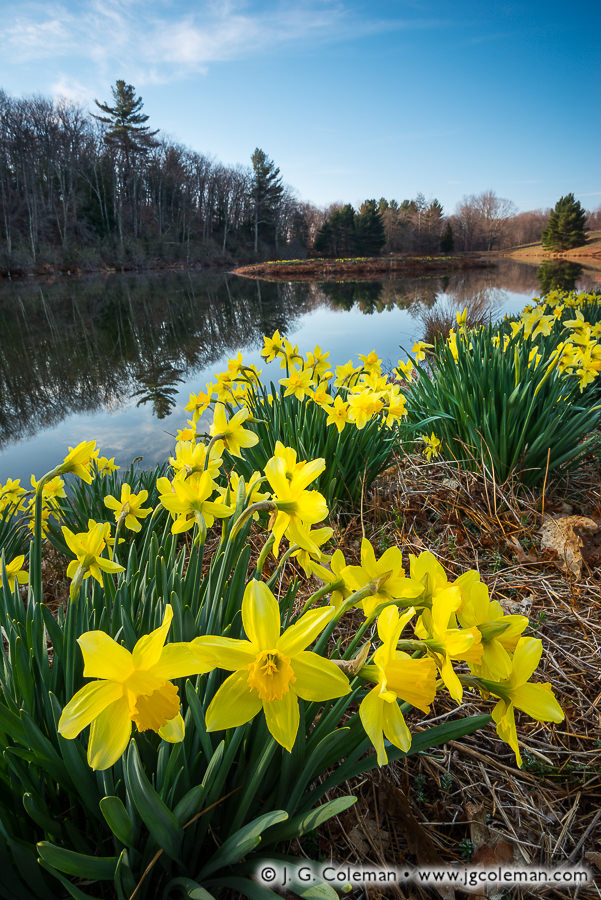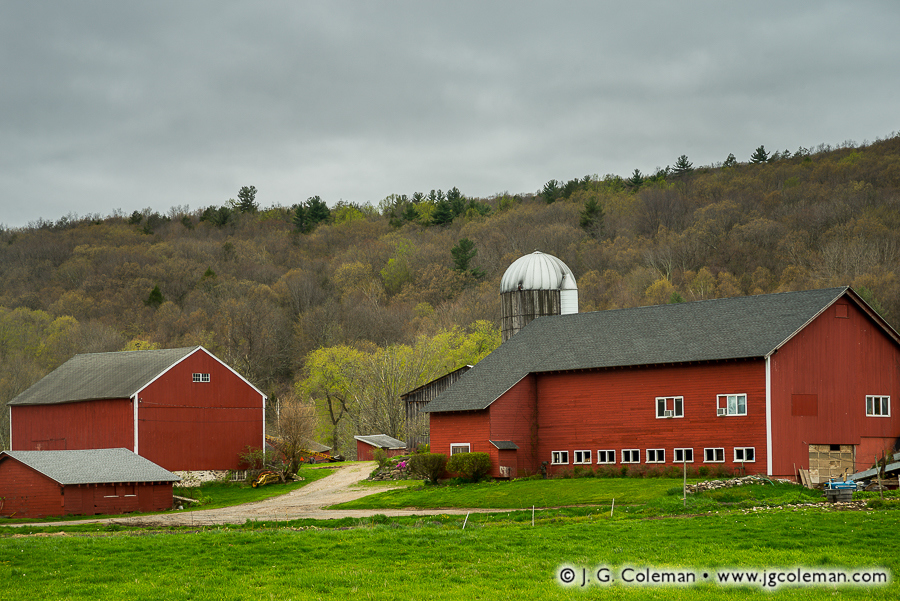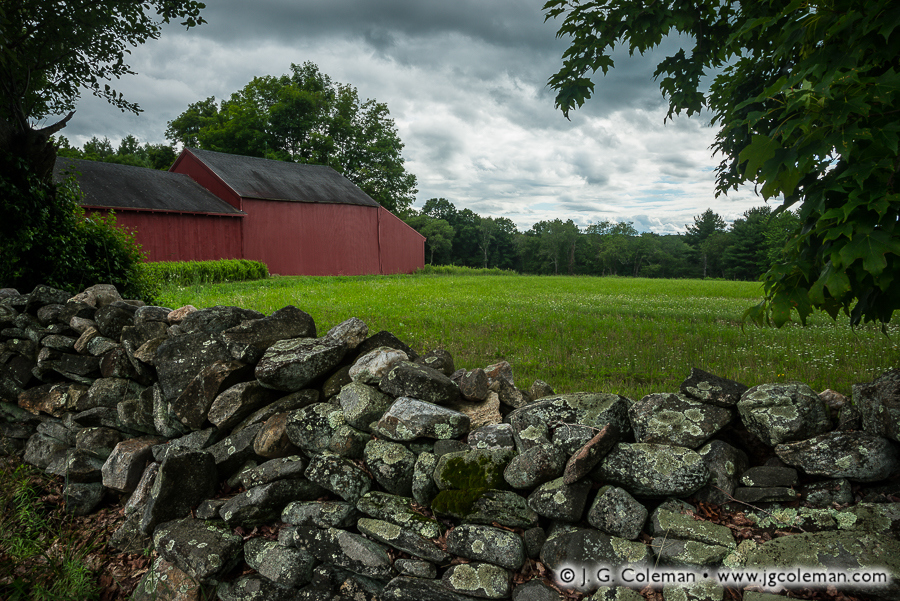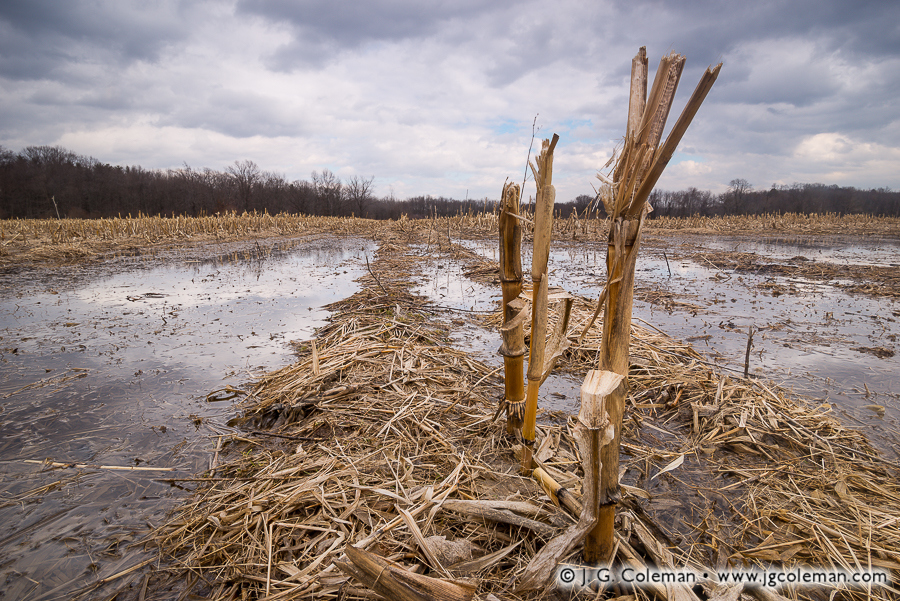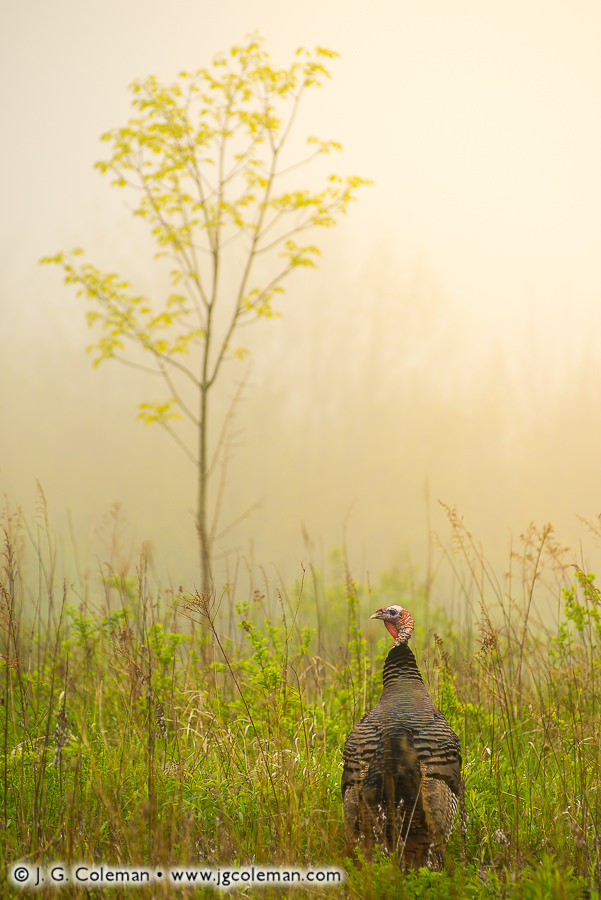
Wild turkey in meadow, Harwinton, Connecticut
It’s rare that I have an opportunity to photograph turkeys, as they aren’t fond of allowing me to approach close enough to use a 200mm lens (the longest I typically carry for landscapes). It’s even rarer that they’re still enough and my hands steady enough for a sharp, handheld exposure as was the case with my new piece, “Náham”. That there happened to be a beautiful, solitary sapling in this meadow roughly aligned with the turkey was the icing on the proverbial cake. Sometimes everything just falls into place.
If you’re curious, “náham” was the term for ‘turkey’ in the language of the Mohegan natives, whose ancestors were living in the territory of present-day Connecticut at least as early as the 1500s. There was something about this close encounter with a wild turkey in a quiet, misty field that felt uniquely timeless, as if the exact same perspective could just as easily have been available to tribesmen of times long past. Using the ancient Mohegan word for this equally ancient, native bird seemed a most fitting choice.
Purchase a Fine Art Print or Inquire About Licensing
Click here to visit my landing page for “Náham” to buy a beautiful fine art print or inquire about licensing this image.
Want to See More?
Be sure to check out all of my work from Connecticut.


